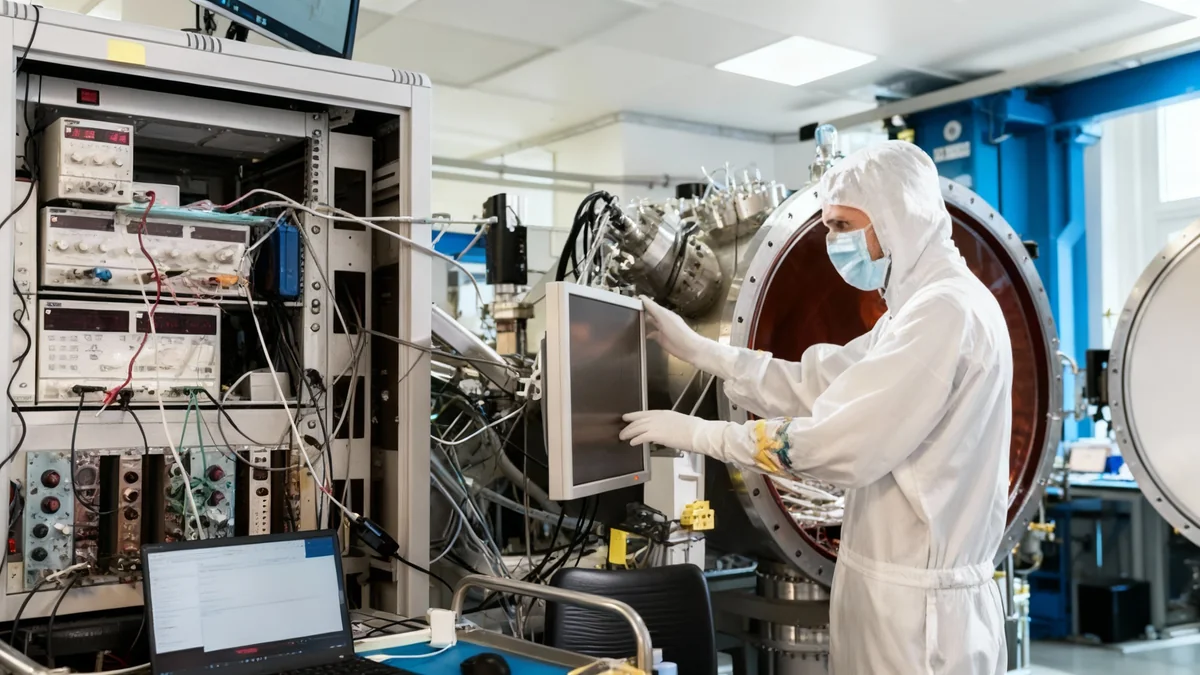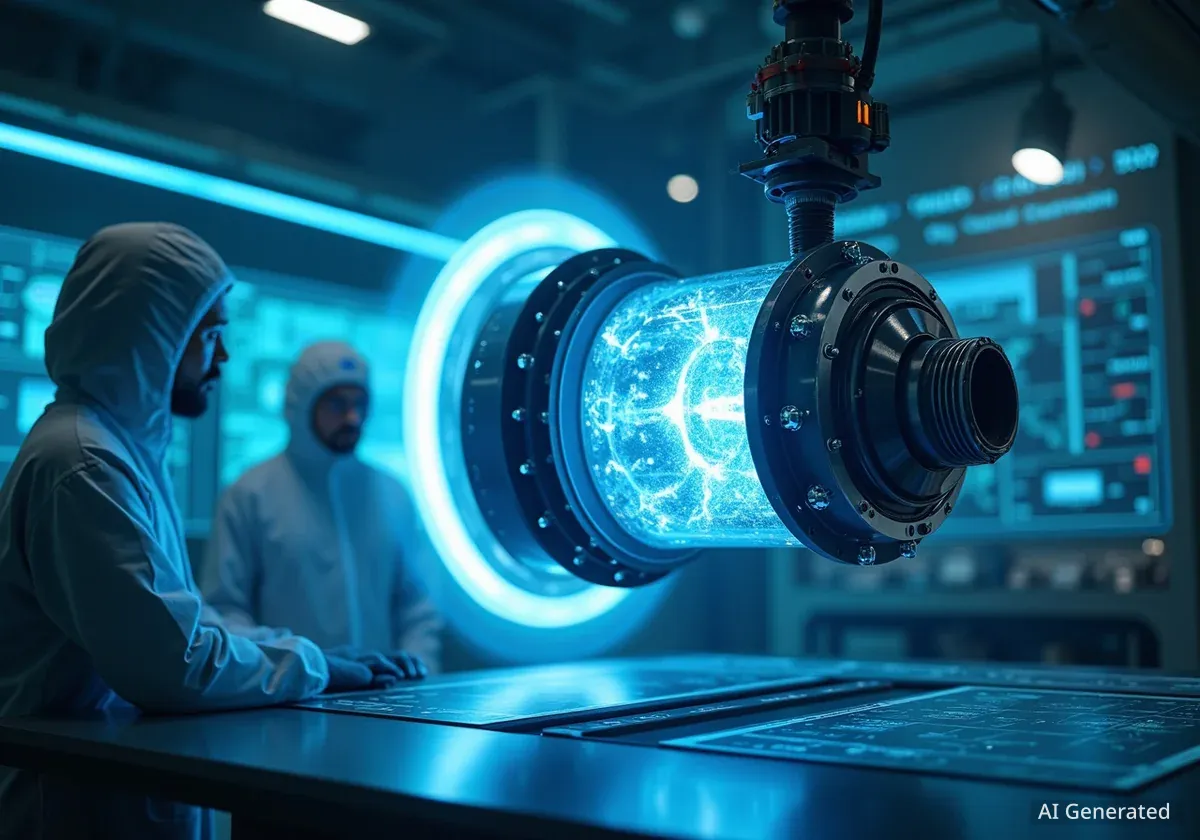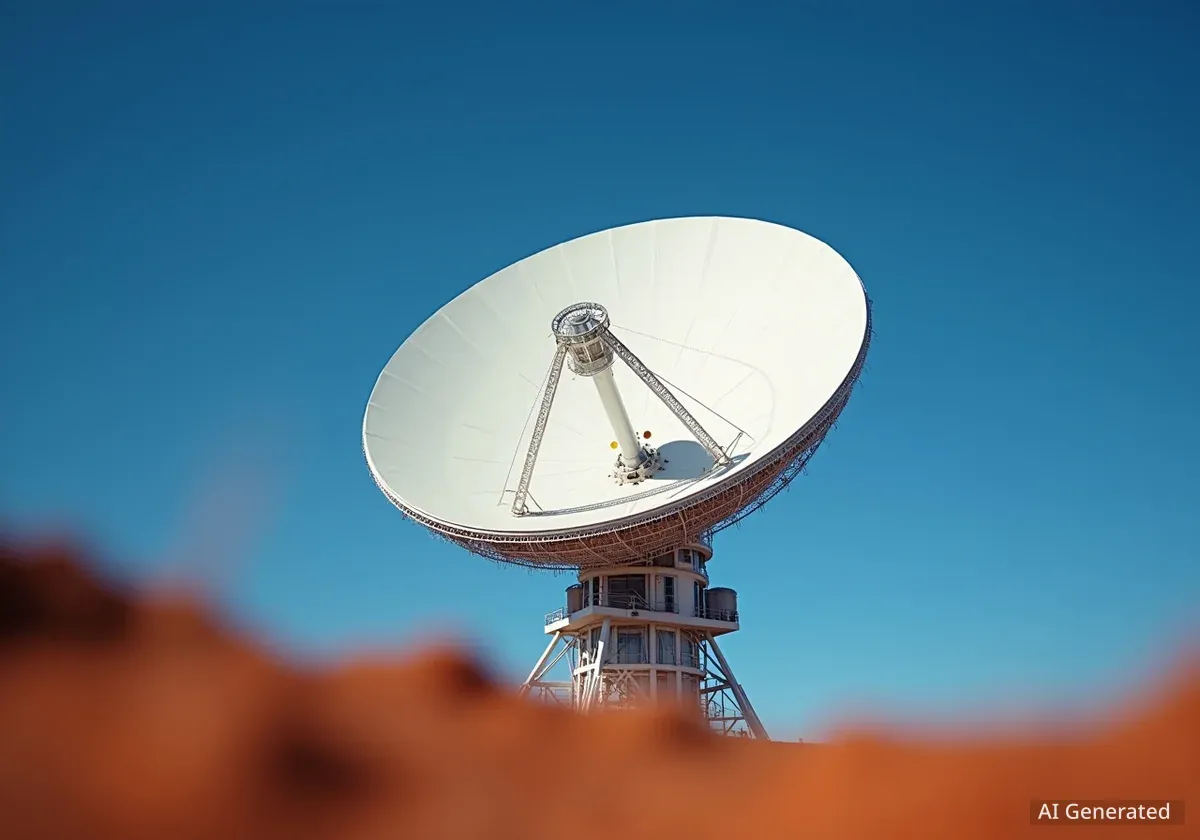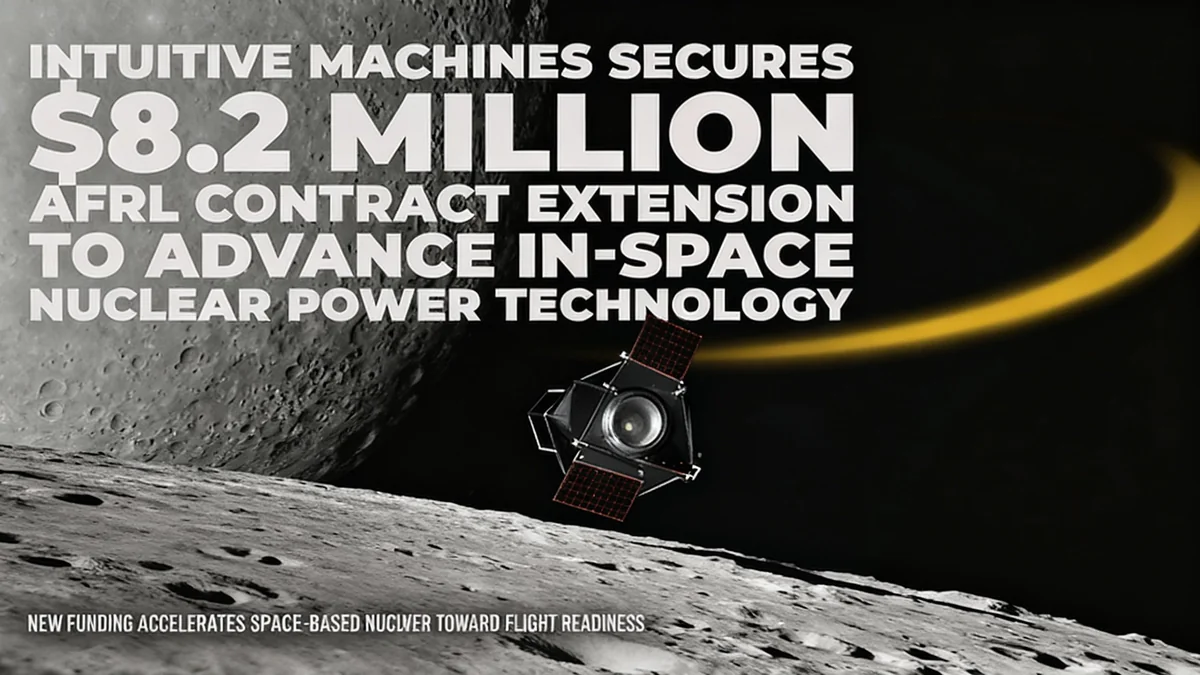In a historic mansion nestled within the Surrey Hills, scientists at the Mullard Space Science Laboratory are developing advanced technology for future missions to Mars. This facility, part of University College London, is at the forefront of creating instruments designed to search for signs of life on the Red Planet.
The work being done could play a crucial role in one of humanity's most significant scientific quests: determining if life ever existed beyond Earth. The instruments are being prepared for a rover that will explore the Martian surface in unprecedented detail.
Key Takeaways
- The Mullard Space Science Laboratory in Surrey is building instruments for a Mars rover.
- The mission's primary objective is to search for the building blocks of life on Mars.
- Extreme clean room protocols are enforced to prevent contaminating Mars with Earth microbes.
- The rover will be equipped with a 2-meter drill, capable of reaching deeper than any previous mission.
A Center for Space Research in a Unique Setting
The Mullard Space Science Laboratory (MSSL) occupies a 19th-century Victorian mansion set on 30 acres of land in the Surrey countryside. Established in 1966 with support from the electronics company Mullard Ltd., it has grown into the United Kingdom's largest university-based space research group.
As an integral part of University College London's Department of Space and Climate Physics, MSSL brings together top scientists and engineers to work on cutting-edge projects. Its location, far from urban light and electronic interference, provides an ideal environment for sensitive space instrumentation development.
From Country Estate to Space Hub
The laboratory's location in a former country mansion is unusual for a high-tech facility. This blend of historic architecture and advanced science underscores its long-standing contribution to space exploration, dating back to the early days of the space race.
Engineering Instruments for the Red Planet
A key project at MSSL involves creating sophisticated instruments for a rover destined for Mars. Engineer Barry Whiteside is part of the team working on this technology. The rover will carry a suite of tools to analyze the Martian environment.
Among these tools is an infrared spectrometer, which will be used to identify the composition of rocks and soil on the surface. By analyzing the materials, scientists hope to find chemical signatures that could indicate past or present microbial life.
The rover's most notable feature is its drill. According to Whiteside, the drill can reach 2 meters (approximately 6 feet) into the Martian subsurface. This depth is significant because it allows the instruments to access material shielded from the harsh radiation on the planet's surface, where evidence of life is more likely to be preserved.
"It has a 2m (6ft) drill that will go deep into the surface, deeper than any other rover has gone before," explained Barry Whiteside. "Along with other remote instruments on the rover, it will hopefully help us find the building blocks of life on Mars."
The Critical Need for Absolute Cleanliness
One of the most important aspects of preparing hardware for Mars is ensuring it is completely sterile. Any microbes or organic material from Earth that travel on the instruments could produce a false positive, leading scientists to mistakenly believe they have discovered Martian life.
To prevent this, MSSL operates under extremely strict contamination control protocols. Dr. Catherine Regan, a scientist at the lab, highlighted the intensity of these measures.
Cleaner Than a Hospital
The clean rooms at the Mullard Space Science Laboratory are maintained at a standard higher than that of a typical hospital operating theater. This level of cleanliness is essential to the scientific integrity of missions searching for extraterrestrial life.
"We have clean rooms that are cleaner than a surgery," Dr. Regan stated. "It's the same grade as a hospital. We don't want to take any contamination into space. If we find life we want to be sure it's Martian life, and not life we've taken from Earth."
She added, "We can't even have dust particles." This meticulous process involves rigorous cleaning, sterilization, and assembly procedures to ensure no terrestrial contaminants make the journey to Mars.
Motivation for an Interplanetary Mission
For the engineers and scientists at MSSL, working on a project of this magnitude is a powerful source of motivation. The possibility of contributing to a historic discovery drives the team's precise and dedicated work.
The instruments they build in the quiet Surrey countryside will eventually operate millions of miles away, performing complex scientific analysis on another world. This unique connection between a local facility and a grand interplanetary goal is not lost on the team members.
Reflecting on the significance of his work, Barry Whiteside shared his personal perspective on the project.
"I used to be proud when my mother put something [I'd made] on the fridge, let alone going to a different planet, so it's very cool," he said. He described his involvement as "the ultimate motivation."
The efforts at the Mullard Space Science Laboratory represent a vital UK contribution to the global endeavor of planetary exploration, pushing the boundaries of science and technology in the search for answers to one of humanity's oldest questions.





